Rhythm guitar playing is a crucial skill for all guitarists. Here we will look at 7 great ways to improve your rhythm guitar playing.
Let’s dig straight in…
1. Become clap happy. Practice clapping different rhythmic patterns. If you can’t clap a rhythmic pattern, how can you ever expect to be able to play it on guitar?
You will find it much easier to master rhythm when you isolate and focus on it. This way you get to focus just on the rhythm─you don’t have to worry about performing it on guitar. You can apply it to the guitar later.
Below you will find some basic rhythms to get you going.
Repeat each rhythmic pattern several times.
Clap and count out loud as you perform these examples. If you are not sure how to count these rhythms see my blog post called Guitar Tutorial:Basics of Rhythm Explained .
I would highly recommend that you practice clapping these rhythms with a metronome.
Once you are comfortable clapping the above rhythm patterns, it’s time to grab your guitar.
2. Play the above 18 rhythm examples on a single string. So now instead of clapping, you simply pick the open third string (G string) with the above rhythm patterns.
3. Now apply the rhythm exercises to one chord. Start with a basic chord like G major.
4. Now add in some other chords to form a chord progression. For example play through each example using G major, C major and D major chords. Play each chord for one measure and then repeat the same rhythm pattern with the next chord.
5. Now apply the rhythm patterns to other chord progressions. For example try C Am Dm G; D Bm Em A, etc.
6. Experiment with other rhythm patterns. The examples shown here are a small sample of what is possible rhythmically. You will notice that that I did not include any rests, so try adding in rests to the examples above. Also add in triplets and sixteenth notes. Have fun with them.
7. Listen to a wide variety of music. The more different styles of music you listen to the better. Different styles of music will expose you to different rhythms. In addition to listening to different styles of music, why not learn to play them too?
When you start to focus on your rhythm guitar playing it will begin to improve. The more of these tips you use the better your rhythm guitar playing will become.
Of course, one other thing you will want to do to improve your rhythm guitar playing is to improve your chord vocabulary.
If you only know a few ways to play a chord, then your choices are limited to those few chords.
As you expand your chord knowledge you will have so much more to choose from.
Imagine you decided to write a short story in a foreign language. Imagine trying to do this when you only know a handful of words. How riveting do you think your story will be?
Now imagine doing the same thing with a vocabulary ten times as large. Which one do you think would be easier?
Well it’s the same thing with guitar. If you want to create your own cool-sounding chord accompaniments, you will probably find it a lot easier with a larger chord vocabulary.
The larger your chord vocabulary, the faster you will learn songs. If you know how to play the chords in a song before you start to learn the song, all you have to do is learn the strumming patterns. Are you beginning to see how much time this will save you?
To take your guitar chords to the next level, check out 7 Secrets to Master Any Guitar Chord Super-Fast.

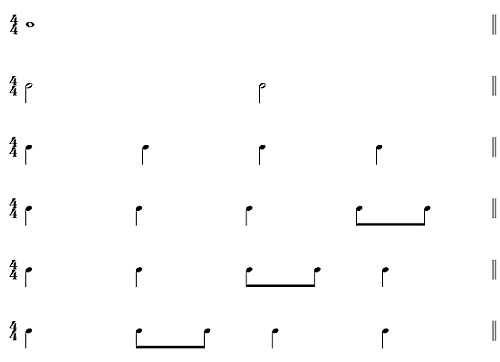
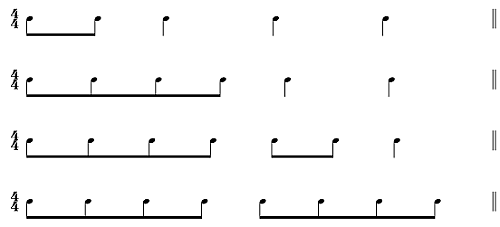
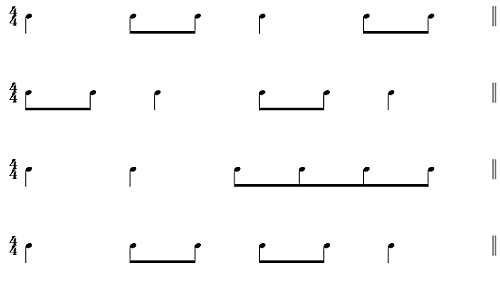

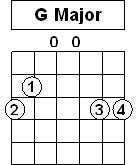






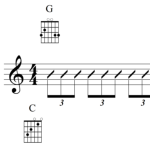
Thank you!
Thank you so much for this! such basic thing, but you helped a lot! Thanks again.